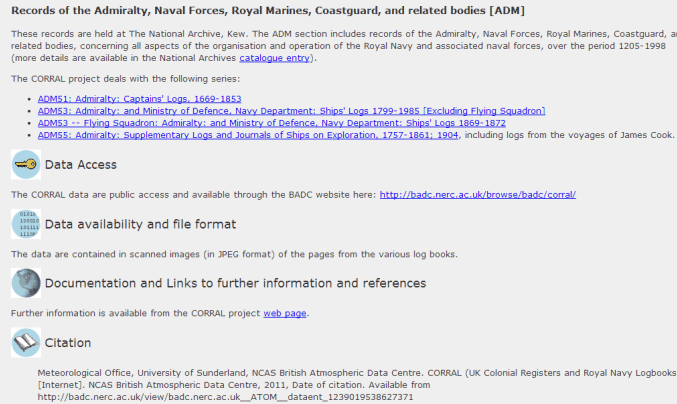
NavList:
A Community Devoted to the Preservation and Practice of Celestial Navigation and Other Methods of Traditional Wayfinding
From: Bill Ritchie
Date: 2017 May 19, 09:37 +0100
17.8. Latitude from simultaneous sights of two stars. (Sextant OK, inaccurate timepiece.)
Ensure you are very familiar with ‘adjusting’ entries as described in 17.9 below before getting bogged down with the following indirect use. If you are interested in the Polynesian skill of wayfinding distant islands without a sextant (and also without compass, watch, almanac, log, logbook or charts), read all about it at http://www.hokulea.com and associated links.
The principle is that, within the limitations below, there is only one latitude at which two given stars simultaneously have two specific altitudes. It is independent of accurate time – just the simultaneity of observation time matters.
· Do not use in latitudes higher than 60°
· You can’t use any pair of stars! They both must have (a) azimuths within 45 degrees of 270 (setting) or 090 (rising), (b) altitudes below 70°, (c) altitude difference not more than 40° and (d) a declination difference of at least 30°. The example below was chosen as a test as it is quite close to limits a, b and d above. (Vega’s Azimuth of 310°, Altair’s altitude of 67° and declination difference of 30°). A star/planet combination also works within these limits, provided the entered date is correct. Two planet combinations cannot conform to c) and d). Don’t use the Moon.
Assume you are approaching the US Virgin Islands on 11 Nov 2016. (The exact date has little effect for stars, but we must enter something!) During evening twilight, you take the following simultaneous observations. (One sight must be an interpolated bracketed pair, but that is mere detail.)
Hs ALTAIR 67° 04.6’ Hs VEGA 49° 13.7’. IC=0, HoE=3m, T=25C, P=1010 hPa.
Approx Lat 17° 30’N. Ass Long 64° 00.0W. Approx Time 18:00:00. Ship’s Time Mode. Time Zone GMT -4. DS=0.
Use Astron to find the times when these altitudes would occur at N17° 00.0’ W064° 00.0’.
1. Enter ALTAIR, Hs 67° 04.6’, sextant corrections as above. Adjust Time to give intercept of 0.0. (18:10:05)
2. Ditto VEGA, Hs 49° 13.7’ (18:06:23)
Now find the times for 18°N.
3. Ditto ALTAIR, Hs 67° 04.6’. (18:08:39)
4. Ditto VEGA. Hs 49° 13.7’. (18:09:53)
From 1 and 2, at 17N, VEGA’s Hs of 49° 13.7’ was 3m 42s (222 secs) before ALTAIR’s Hs was 67° 04.6’.
From 3 and 4, at 18N, VEGA’s Hs of 49° 13.7’ was 1m 14s ( 74 secs) after ALTAIR’s Hs was 67° 04.6’.
So they would have been at their respective measured altitudes simultaneously at 222/296 of 60 minutes North of 17N. This is N17° 45.0’.
As a check, enter N17° 45.0’. into Astron, re-enter ALTAIR, Hs 67° 04.6’ and adjust time to a zero intercept. (18:09:01). Now, without changing time, re-enter VEGA. Hs 49° 13.7’ and, isn’t science wonderful, the intercept is also zero. Note that the time of 18:09:01 is only valid if you happened to be exactly at 64W – this is just a method of finding latitude, not longitude nor time!
This method is certainly laborious, as are many of these ‘indirect’ uses of Astron. But it is a possible method of finding latitude without an accurate watch if you have missed a meridian passage sight because of cloud, especially in Southern latitudes where Polaris is not available.
Hello Bill AndersFrank asked us to help him out.Copies of Bowditch, from the 1800's, contain an entire chapter on Latitude by Double Altitudes. From Bowditch, 1849, Latitude by:1) double altitudes of the sun2) double altitudes of a star3) double altitudes of a planet4) double altitudes of the moon5) altitudes of two different objects, taken at the same time6) altitudes of two different objects, taken within a few minutes of each other, by one observer7) altitudes of two different objects, taken at different times.Don't have an ancient copy of Bowditch? Never fear, we have them here in the library!BradOn May 18, 2017 2:55 PM, "Frank Reed" <NoReply_FrankReed@navlist.net> wrote:In the lat/lon from a photo thread, Bill Anders wrote:
"Moving on.... Is there a general mathematical solution to this problem? The class I'm working with is relatively advanced (some trig, some calculus), so math difficulty is really no issue. Ignoring longitude, if I measure the altitudes of two known stars with some exactness, is there a formula that will tell me my latitude? Frank, I read your messages about the Orion North Arrow in your NavList library here: https://navlist.net/m2.aspx/Orion-North-Arrow-FrankRee . I understand that the arrow is intended for a rough measure of north direction and latitude, too, but for a related example: if I measure, very accurately, the altitudes of Betelgeuse and Rigel as Orion is rising, could I get my latitude directly???"d-feb-2017-g38274 I am really busy right now, so I am hoping some of the rest of you out there can address this. Obviously this can be done by standard plotting of two lines of position with an arbitrary longitude, but I assume Bill is looking for something more direct. Any ideas?
Frank Reed






